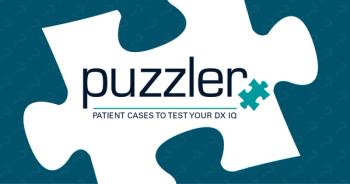
Child ADHD rates rise, but learning disability rates stable
ADHD diagnoses for children ages 6 to 17 have on average increased 3% per year from 1997 through 2006, according to the Centers for Disease Control and Prevention (CDC).
ADHD diagnoses for children ages 6 to 17 have on average increased 3% per year from 1997 through 2006, according to the Centers for Disease Control and Prevention (CDC).
The overall increase of ADHD was found in both boys (2%) and girls (4%). Among children ages 6 to 11, no significant change was found, but among children ages 12 to 17, the average annual increase was 4%.
However, rates for learning disability diagnoses, regardless of co-occurrence of ADHD, did not experience significant changes during the 1997-2006 time period. Roughly 5% of children ages 6 to 17 had ADHD without a learning disability, 5% of children in this age group had a learning disability without ADHD, and 4% had both disorders.
Furthermore, 6.7% of boys had ADHD without a learning disability, compared with 2.5% of girls. Also, 5.6% of boys had a learning disability without ADHD, compared with 4.3% of girls, and 5.1% of boys had both conditions, compared with 2.3% of girls.
The findings come from the 2004, 2005, and 2006 National Health Interview Survey, and were published in the July Vital and Health Statistics.
Newsletter
Access practical, evidence-based guidance to support better care for our youngest patients. Join our email list for the latest clinical updates.






